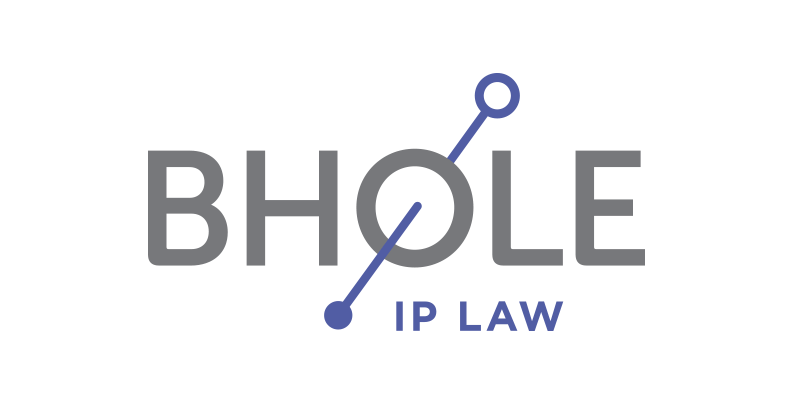By Marc Lampert
The Federal Court, in Benjamin Moore & Co. v. Attorney General of Canada, 2022 FC 923, has recently issued a decision that may help address a controversial practice by the Canadian Intellectual Property Office (CIPO); and in doing so, will add much needed certainty for patent Applicants.
In order to examine the subject matter of the claims of a patent, CIPO must construe the claims to understand what they purport to be covering. Under current examination practice, CIPO applies a ‘problem-solution approach‘ to claim construction. In doing so, the Examiner is tasked with understanding the problem addressed by the claimed invention, and the combination of claim elements that provide an operable solution to the identified problem. With this understanding, the Examiner examines whether such problem and solution are patentable.
However, the above problem-solution approach was generally not supported by the relevant case law. In Free World Trust v. Electro Sante Inc, 2000 SCC 66, the Supreme Court of Canada indicated that essential elements of claims must be identified by purposively construing claim elements; for example, by determining whether claim elements have a material effect on the invention and determining the intent of the inventor.
The discrepancy between CIPO practice and the relevant case law becomes more pronounced for certain subject matter areas; such as for computer-implemented inventions. CIPO has indicated that if the essential elements of a claim lack any “physicality”, such as where a computer components do not have a physical existence or manifest a discernible physical effect, the claims would be deemed non-patentable.
For the patent application that was the subject of the Benjamin Moore case, the Examiner, as supported by the Patent Appeal Board, purposively construed the claims and noted that the computer elements were not essential. For example, the claimed solution of identifying a mathematical correlation between colors and human emotive responses to aid color selection was not a technical problem, and computer components were not essential to the claimed non-technical solution.
The Federal Court held that the problem-solution approach was improper. Thus, CIPO’s determinations of computer components as non-essential for not solving a computer problem was not the correct approach. Instead, the Federal Court instructed CIPO to use a three-part test for determinations of subject matter, consisting of:
- Purposively construe the claim;
- Ask whether the construed claim as a whole consists of only a mere scientific principle or abstract theorem, or whether it comprises a practical application that employs a scientific principle or abstract theorem; and
- If the construed claim comprises a practical application, assess the construed claim for the remaining patentability criteria: statutory categories and judicial exclusions, as well as novelty, obviousness, and utility.
It will be interesting to see how CIPO interprets the above test, but likely, the Federal Court’s ruling provides greater certainty as to the approach CIPO will take when construing claims. It is especially useful for computer-implemented inventions because Applicants appear to no longer need to explicitly or implicitly provide improvements to the functioning of computers in order to have patentable subject matter.
